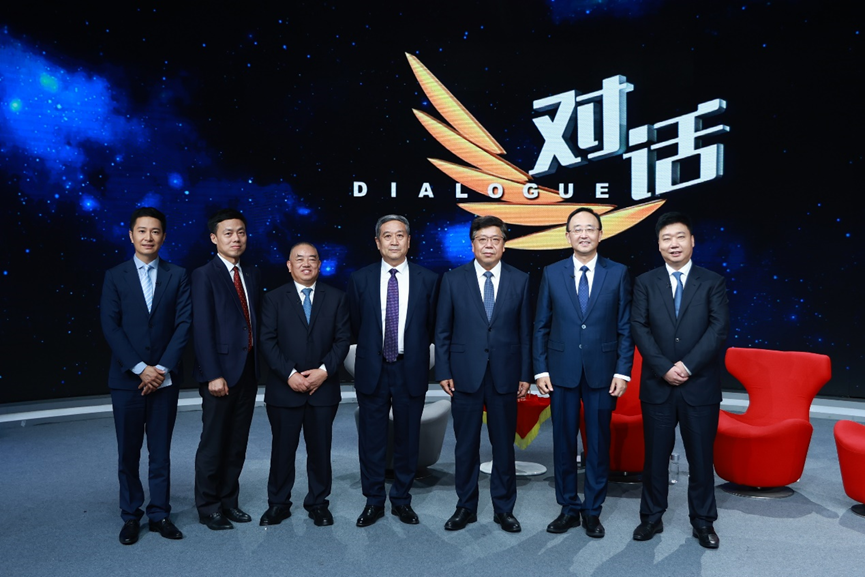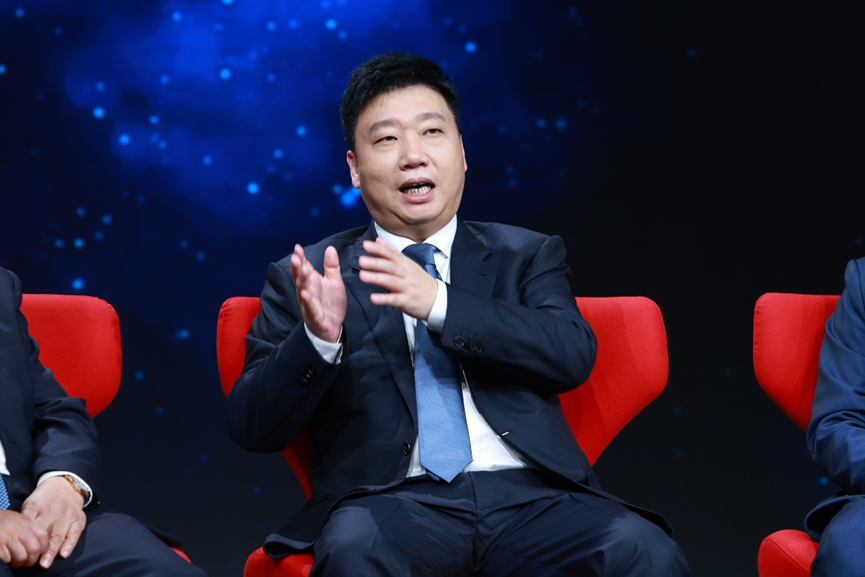When a large number of batteries retire in the future, will they become a resource mine that can be recycled, or will they pose an ecological crisis as a dangerous volcano?
On the evening of August 24, during the "Dialogue" program broadcast on CCTV Finance Channel, Narada's Chairman and President Zhu Baoyi, along with experts from the battery recycling industry chain and representatives from recycling enterprises, discussed how to break through the last link in the new energy industry chain. What topics did Chairman Zhu Baoyi talk about? Let's take a look.

What are the potential hazards of used lithium batteries?
If used batteries are not disposed of and handled properly, and are left in nature exposed to the elements, they can pose certain hazards to the soil and air, particularly to the soil. However, if these used batteries are placed in the right environment and effectively and efficiently treated through our technology, processes, and equipment, they can be turned into materials without causing pollution.
How is the recycling price of used batteries calculated?
The value of retired ternary lithium batteries and lithium iron phosphate batteries is different. Batteries that have reduced their initial capacity to below 80% can be used in other application scenarios, which we refer to as secondary use. But when the battery capacity drops below 60%, or even 50%, if we continue to use them in secondary applications, safety cannot be guaranteed. At this point, we generally proceed to black powder processing.

Can the battery recycling industry be profitable for everyone?
Although batteries are considered hazardous waste and do not have commercial properties abroad, requiring certified companies for recycling with certain subsidies, in China, battery recycling still holds commercial value. However, due to the high investment in equipment, fixed assets, and research and development by recycling companies, once the price of lithium carbonate drops to a certain range, recycling companies, considering costs, may stop purchasing. Instead, the battery disposal party may need to subsidize part of the processing fees to the recycling companies; otherwise, the recycling companies might incur losses.
How are exported lithium batteries recycled?
Since Narada mainly focuses on exporting energy storage system integration, when our products are exported to Europe and the United States, the retirement of serviced batteries becomes a painful process. We have to find qualified companies for recycling locally, and the costs are very high. Not only do we not charge fees, but we also have to subsidize them. After these foreign recycling companies process the batteries, they reprocess the nickel, cobalt, and lithium inside. Abroad, battery recycling is just a rough processing, and the costs are extremely high.
Are compliant companies "underfed"?
The sourcing channels are very important to us. Our formal enterprises cannot compete with small workshops. First, the mechanisms and prices of small workshops are flexible and have low costs; second, socially responsible large enterprises are sure to cooperate with companies on the recycling whitelist, but some enterprises do not have high requirements for the whitelist and do not cooperate with them; third, from the perspective of supervision, the laws and regulations are not very clear, and there is no standard enforcement basis from either an environmental or legal perspective.

What is the key to eliminating the chaos in the recycling market?
During the rise in lithium carbonate prices, when recycling companies receive goods today, the value can increase significantly if held for five days, a week, or a month. But what do recycling companies actually prefer? They prefer prices that do not fluctuate too much and are ideally stable, allowing them to earn a reasonable technical processing fee. As material prices rise, so does the price of purchasing used batteries, and the value of batteries when consumers buy new cars also changes. Similarly, when battery recycling prices drop, the prices of new batteries and materials also decrease.
Filling the Last Link of the New Energy Industry Chain Is Imperative
We want to call on relevant departments to raise the threshold for battery recycling, and at the same time, scientifically and rationally formulate the distribution of recycling capacity in each region. As for enterprises themselves, we must continuously improve our technology, increase our gross profit margin, and lower our costs.




